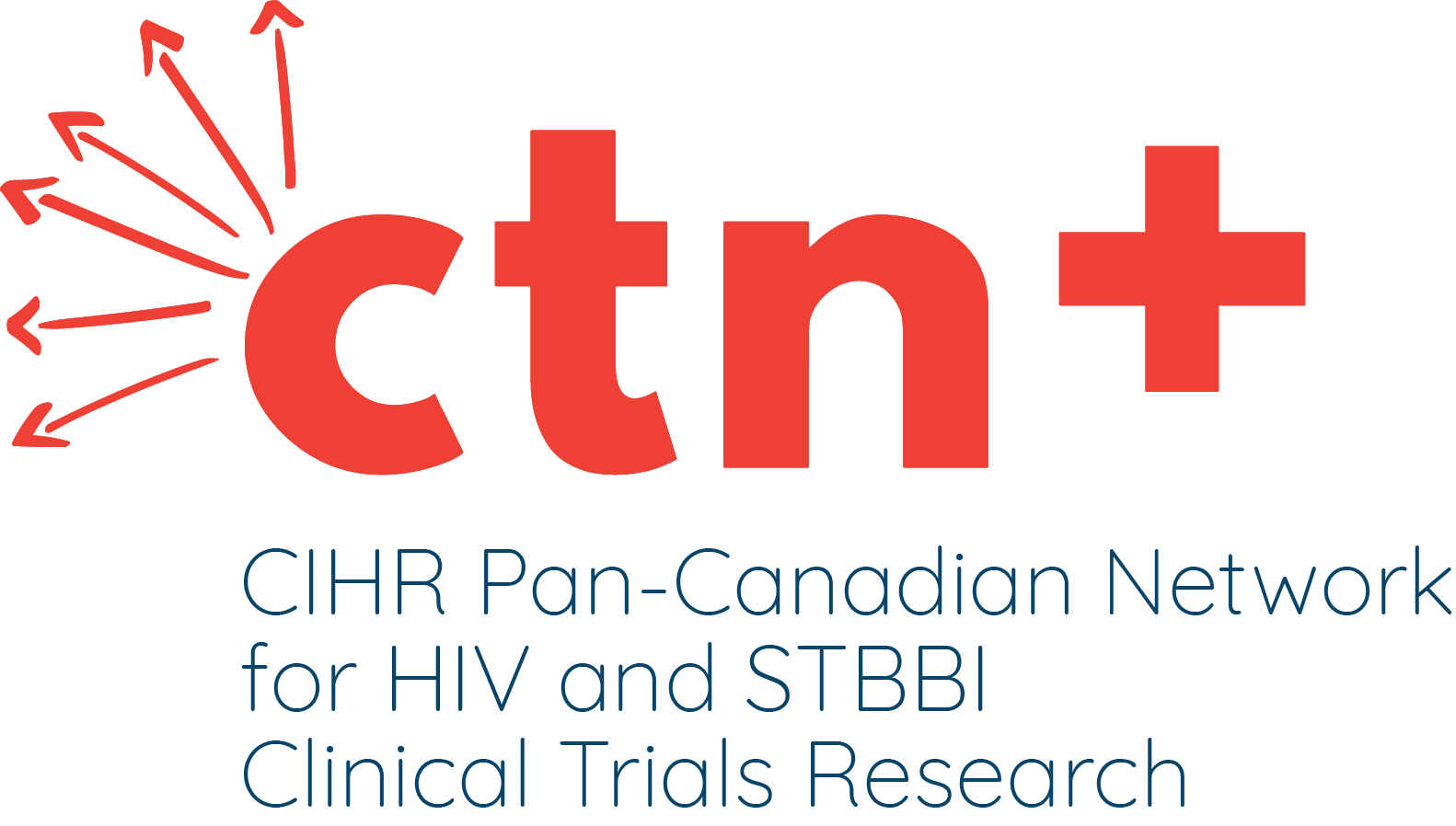About The Study
Determine the effectiveness and tolerability of the combination of DMP 266 and indinavir versus indinavir in HIV-infected volunteers receiving nucleoside analogue (NRTI) therapy. Identify differences in the proportion of volunteers with viral load below 400 copies/ml at 24 weeks. Evaluate the safety and tolerability of efavirenz in combination with indinavir and NRTIs.
Study Approach
This international, randomized, double-blinded trial enrolled patients with viral load above 10,000 copies/mL, despite eight or more weeks of prior NRTI therapy, and no prior protease inhibitor or non-nucleoside reverse transcriptase inhibitor (NNRTI) therapy. Volunteers were randomized to receive either indinavir (1,000 mg every eight hours) plus efavirenz (600 mg every 24 hours) or indinavir (800 mg every eight hours) plus matching placebo every 24 hours. In addition, all volunteers received no more than two concomitant NRTIs (zidovudine, lamivudine, didanosine, stavudine or zalcitabine).
Study population
A total of 327 volunteers entered the study, beginning in April 1997. The mean duration of prior antiretroviral therapy was 2.8 years. About 76 percent of participants had at some time taken lamivudine. The mean viral load was 25,557 copies/ml. Despite enrollment criteria, 41 participants (26.1 percent) in the control group and 35 (20.5 percent) in the efavirenz group had viral load below 10,000 copies/ml at study entry. Median levels among these participants were 5,754 and 6,457 copies/ml in the control and efavirenz groups, respectively. About 68 percent of the participants in both groups changed the NRTI component of the regimen at study entry. Overall, 94 percent received two concomitant NRTIs, most commonly stavudine plus lamivudine (39 percent), zidovudine and lamivudine (24 percent), and didanosine plus stavudine (19 percent).
Results
A higher proportion of efavirenz-treated participants achieved viral load levels of either below 400 copies/ml or below 50 copies/ml at week 24. Based on the most stringent data analysis, 59.6 percent of efavirenz group achieved viral load below 400 copies/ml versus 50.9 percent in the control group. The percentages for achieving viral load below 50 copies/ml were 49.4 percent for the efavirenz group and 37.5 percent for the control group. A concomitant immunologic benefit was evidenced by a greater CD4 cell count increase at 24 weeks in the efavirenz group. A multivariate analysis revealed that duration of prior NRTI exposure in months was significantly associated with virologic response. The longer the exposure the better the virologic response.
Conclusions
The study demonstrated that, among patients with extensive prior NRTI experience and who continued to received NRTIs, treatment with efavirenz plus indinavir had significantly greater virologic efficacy at 24 weeks or more than did indinavir alone. It also confirms the effectiveness of efavirenz plus indinavir in lamivudine-experienced patients. Both treatment regimens were generally well tolerated.
Note: These results were taken from an article in The Journal of Infectious Diseases 2001;183:392-400.
